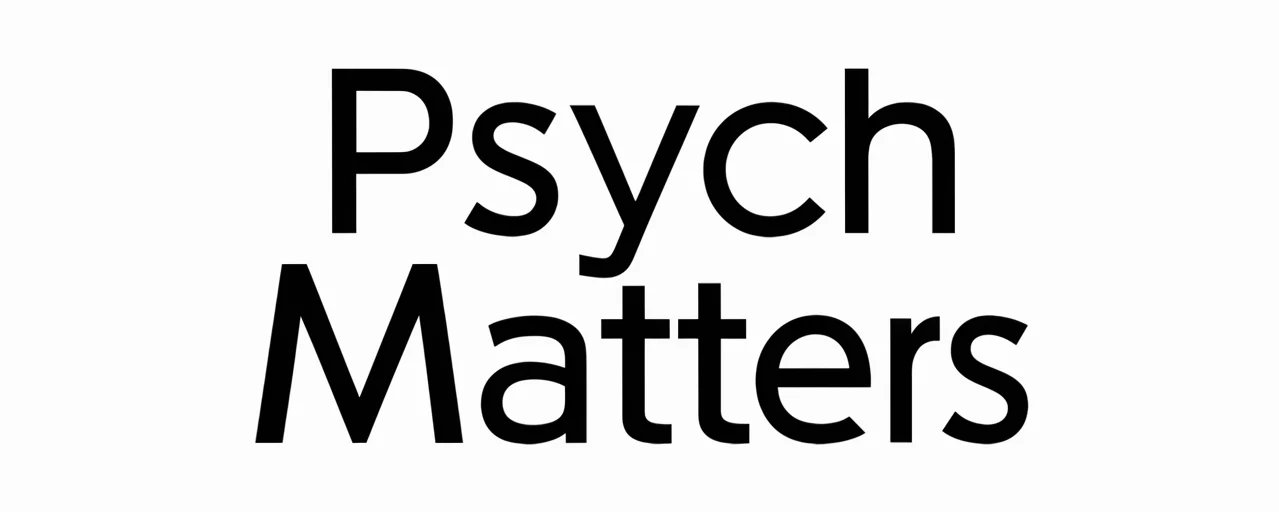Mind Meets Metrics: Psychology in Evidence-Informed Public Health Decision-Making
Opening Minds – Psychology Driving Evidence-Informed Public Health Decisions
Evidence-informed public health decision-making (EIPHDM) integrates research evidence, practitioner expertise, and community values to guide policies and interventions. As outlined in resources such as the integrated framework for evidence-informed policymaking, this approach moves beyond purely data-driven choices by recognizing the human dimensions of health decisions. Psychology offers critical insights into how individuals and groups interpret epidemiological evidence, perceive risks, and accept or resist health interventions.

Applying behavioral psychology and decision science helps bridge the gap between evidence-based recommendations and real-world adoption. This alignment is essential for developing public health policies that are effective, equitable, and culturally relevant, while enhancing the legitimacy and transparency of the process.
Cognitive Forces Shaping Evidence Use
Psychological factors significantly shape how evidence is utilized in public health settings. Decision-makers, stakeholders, and the general public process information through cognitive filters that can both aid and hinder optimal policy formulation.

- Cognitive Biases: Biases such as confirmation bias, availability heuristics, and framing effects influence how evidence is interpreted, potentially skewing judgment despite robust data from systematic reviews or meta-analysis.
- Risk Perception: Psychological theories highlight that perceived risk, often influenced by emotional reactions rather than statistical probability, can drive support or opposition to interventions.
- Health Information Processing: The way individuals understand and recall public health messages—an area explored in CDC health communication psychology resources—affects knowledge translation and behavior change.
Recognizing these cognitive forces allows practitioners to tailor health communication strategies, making epidemiological evidence more accessible and actionable for diverse populations.
Frameworks Bridging Psychology and Public Health Choices
Structured decision-making frameworks provide a systematic approach to integrating psychology into evidence-informed processes. Frameworks such as the GRADE evidence-to-decision model and WHO’s INTEGRATE Evidence framework, detailed in the review of evidence-informed decision frameworks, emphasize multiple criteria beyond efficacy, including ethics, equity, and stakeholder perspectives.

From a psychological standpoint, these tools facilitate:
- Stakeholder Engagement: Using knowledge of group dynamics and persuasion to ensure inclusive participation.
- Conflict Resolution: Addressing differing values and viewpoints through empathetic, evidence-based communication.
- Equity Considerations: Understanding social determinants and behavioral factors that influence health outcomes in marginalized communities.
By embedding psychological insights into these frameworks, public health policy decisions can better account for human behavior and societal contexts.
Applying Psychology Across the EIPHDM Steps
The seven-step public health EBDM model described in the population health overview offers clear entry points for psychological application:

- Define the Problem: Employ community health assessment tools informed by health psychology to capture behavioral determinants.
- Search for Evidence: Include behavioral science studies in evidence synthesis alongside epidemiological data.
- Appraise Evidence Quality: Consider intervention effectiveness not only in statistical terms but also in terms of behavioral feasibility.
- Synthesize Findings: Use decision science to integrate quantitative and qualitative aspects of health behavior change.
- Adapt to Local Context: Tailor policies based on cultural norms, social determinants, and psychological readiness for change.
- Implement Decisions: Leverage behavioral interventions and health promotion strategies that address psychological barriers.
- Evaluate Outcomes: Apply health program evaluation methods that measure both objective health outcomes and subjective behavior shifts.
Navigating Challenges with Behavioral Solutions
Many obstacles to implementing evidence-informed public health decisions—such as political pressures, inequities, and varying data quality—are compounded by psychological barriers. According to the CDC summary on EBDM challenges, these may include resistance to change, mistrust in institutions, and irrational risk assessments.

- Behavioral Approaches to Resistance: Employ motivational interviewing and community-based participatory methods to increase acceptance.
- Addressing Mistrust: Build credibility through transparent health communication and stakeholder co-creation of policies.
- Improving Risk Understanding: Use framing and visualization techniques to clarify epidemiological evidence for lay audiences.
Implementation science further supports overcoming these barriers by systematically testing and refining interventions that work in real-world contexts, aligning behavioral strategies with the core tenets of EIPHDM.
Closing the Loop – Psychology Amplifying Public Health Impact
Embedding psychological principles into evidence-informed public health decision-making not only improves the translation of systematic reviews and epidemiological data into policy but also maximizes real-world impact. Understanding decision-making processes in population health through the lens of psychology enhances the capacity to design interventions that resonate at the individual and community levels.
As public health continues to address complex challenges, leveraging behavioral psychology, health decision making frameworks, and evidence synthesis can create policies that are not only scientifically rigorous but also socially and psychologically responsive. This integration ultimately strengthens the bridge between mind and metrics, delivering healthier outcomes for diverse populations.







